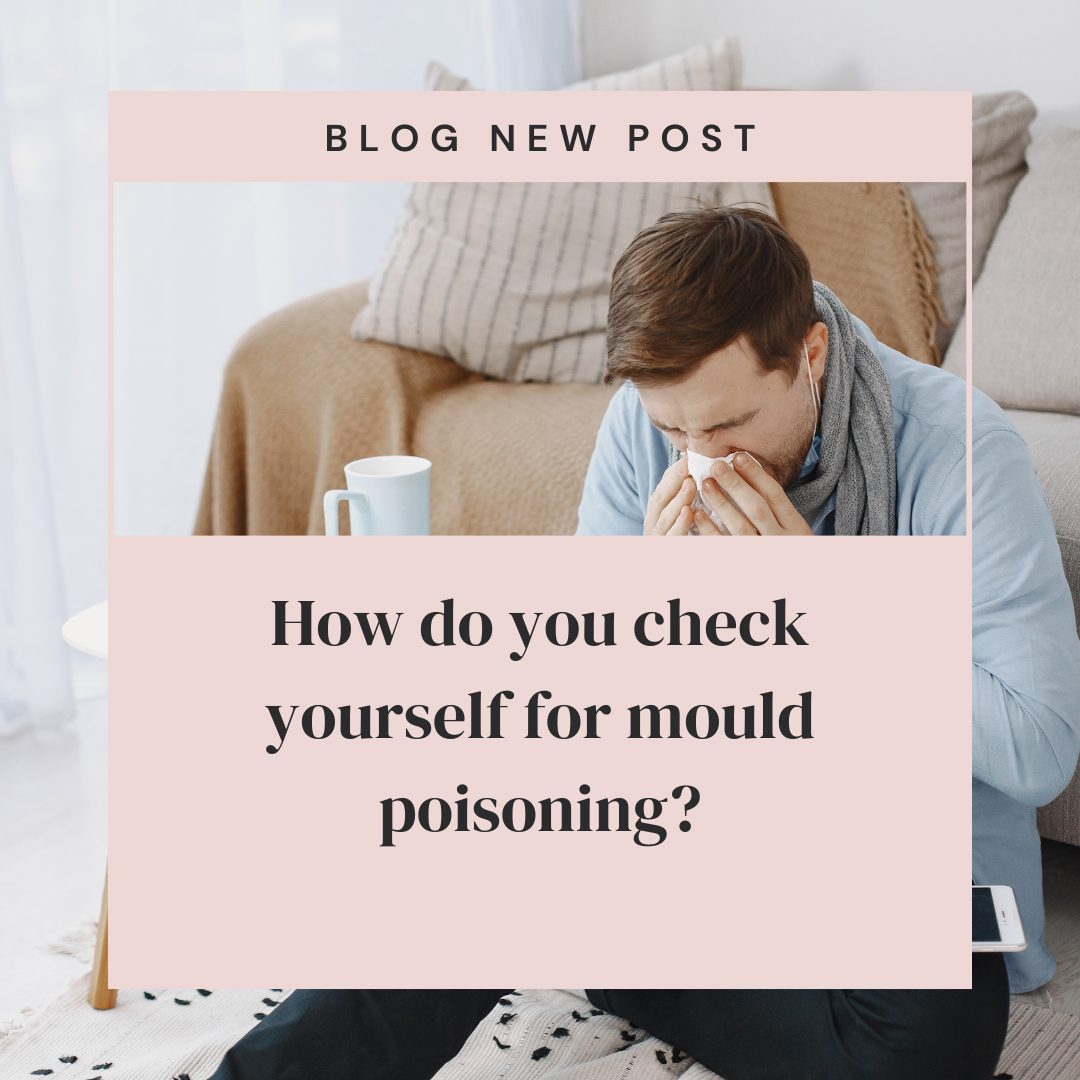How do you check yourself for mould poisoning?
How do you check yourself for mould poisoning? Worried those persistent health complaints like fatigue, breathing trouble and skin irritation stem from your damp, mouldy home? Proactively checking yourself for toxic environmental exposure provides vital health insight. But what mould poisoning test methods and checks exist?
We detail key options below:
Assess Your Environment
Carefully examine all rooms in your home for visible mould growth and musty damp smells, especially in darker corners and behind furniture. Note down locations and severity as this establishes exposure sources. Have an accredited professional mould inspector survey and test if uncertain on scope.
Consider Your Symptoms Extensively track daily symptoms like wheezing, nosebleeds, memory fog, rashes etc. especially differences between times spent at home versus elsewhere. Make a timeline of when housing conditions worsened versus your declining health. Symptom journals help doctors diagnose later.
Do Respiratory Checks
Objectively measure lung function looking for signs of reduced capacity from inflammation like lowered peak flow rates. This involves breathing into portable devices multiple times daily to log changes. Sudden drops after time in your house adds evidence of airway irritation.
Order a HLA DR Lab Test This specialised blood test detects immune inflammation markers and biomarkers affiliated with toxic mould exposure. While not definitive alone due to other potential causes, abnormal HLA DR results suggest mould contributes to health complaints meriting removal from the environment.
Seek Medical Confirmation Finally, see both your general practitioner and consider specialist referrals to trained environmental health doctors. Provide symptom journals and test results alongside dates of reported housing disrepair. Their clinical confirmation of likely mold-induced illness builds your health and any legal case for relocation assistance.
Early proactive personal testing means occupants don’t suffer poor health silently. Flagging hazardous housing prevents serious future mold-related dysfunction or disability.
Important links
Housing Disrepair Advice: https://housingdisrepairadvice.org/contact
Housing Ombudsman: https://www.housing-ombudsman.org.uk/
